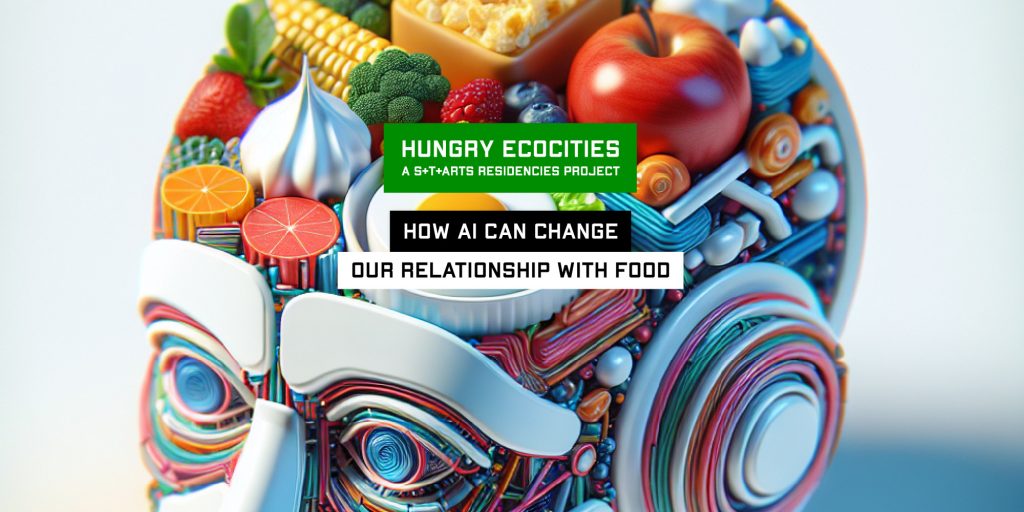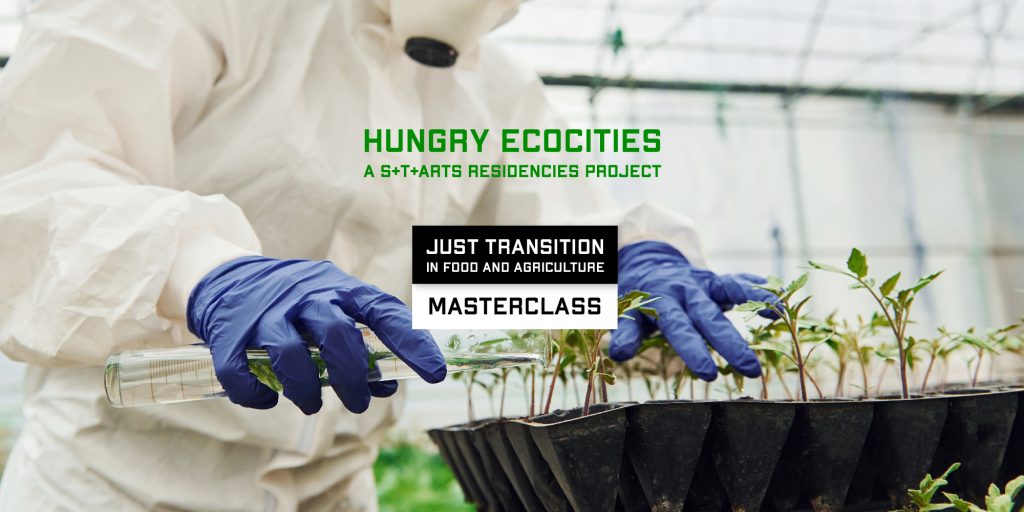Interview with EatThis
Welcome to our interview series with the partners running HUNGRY ECOCITIES. In this interview with Renee Snijders we will learn more about EatThis and their role in the project!
 | Renee Snijders is a Connector at EatThis, a platform that strives to connect horticulture more closely and actively with society and vice-versa. Renee originally studied Mandarin Chinese and worked in Southwest China, managing an office for the Dutch Ministry of Agriculture, focusing on assisting Dutch companies in setting up local production facilities in close cooperation with Chinese partners. In 2009, she moved to Costa Rica to live and work with Ed Smit. In 2019, they founded EatThis. Together with Peter van der Sar in the Netherlands, they form the three-person management team of the platform. |
Thanks for joining. Could you share a brief introduction to EatThis, your values and how the collaboration with Stephan Petermann and Rem Koolhaas came into existence?
EatThis came into existence when Petermann and Koolhaas were conducting research that led to the exhibition Countryside, The Future, which was shown in 2020 at the Solomon R. Guggenheim Museum in New York and in which EatThis took a role in establishing a mobile growing unit that grew tomatoes on 5th Avenue, also during Covid. Their research into the future of farming led them to the innovations developed in horticulture. Physically, their office in Rotterdam was only a 20-minute drive from some of the main protagonists in this element of the food sector. Both sides realized that horticulture knew next to nothing about architecture and planning, whereas the architects knew nothing about the development of horticulture. It sparked an interest to extend the connections in both directions: horticulture should reconnect and engage with society more actively and vice-versa. We hope this openness will generate more interest in horticulture and larger societal issues such as healthy diets.
What is the ambition of EatThis to be part of Hungry Eco-Cities?
EatThis wants to connect horticulture closer to society and vice versa. We invite outsiders to take a deep dive into the world of CEA so they may better understand what the production of healthy food is all about, but we also challenge them to work with us towards a future food system in which health is key. At the same time, we think the sector should be more visible and more proactive in connecting to society and influential decision-makers. We find that in Hungry EcoCities, these elements come together, and we can jointly work on new ideas for a healthy future of food.
“EatThis wants to connect horticulture closer to society and vice versa. We invite outsiders to take a deep dive into the world of CEA so they may better understand what the production of healthy food is all about, but we also challenge them to work with us towards a future food system in which health is key.“
For the Humanizing Technology Experiments, ten projects have been selected. Stephan, you were part of the Jury. What struck you from the presentations?
It was amazing to see very different artists’ approaches to the initial interests we expressed within the larger consortium. What was most striking to me was that there were quite many proposals that zoomed in on a plant-level basis and used sensors and AI to create a better understanding of them. The questions we wanted to explore, which are more related to coming to terms with the current scale of food production, were left untouched. Perhaps this is too daunting or confronting to come to terms with. However, our final selection of Humanizing Technology Experiments manages to capture some of the dilemmas we wanted to address, such as the alleged ideological opposition between alternative growing practices and technology.

Stephan, what are you planning to do to develop the direction of Mega-Scale? If you must select one of the HTE experiments and say more about your hopes and reflections on it, which one would that be?
We will see what the next round of Humanizing Technology Experiments will bring. But now I can confidently say that in all the projects we are currently involved in, we see a definite quality and added value that otherwise would have never been explored. As an example, Culinary Journeys by Jeroen van der Most is engaging on a fundamental level with what the most recent developments in AI have to offer while still having a very applicable end user-oriented ambition. In short, his project wants to explore how generative AI can create new ways of understanding and seeing how our food travels to our plates.
Renee, you are also involved in the communication within the project. There will be readers who will want to meet you and talk more about the project and EatThis’s role in it. Which events can people find you at in 2024 and beyond?
As mentioned, EatThis has roots in horticulture, and our contributors participate in international fairs and exhibitions throughout the year. However, in our ambition to connect to society, we’re looking at participating in festivals. In 2024, we aim to showcase horticulture at Lowlands in the Netherlands, but some of our members are keen to organize an EatThis festival and open up the doors of their greenhouses to showcase the sector. Let’s see how these plans turn out and if other opportunities arise to put the outcomes of the Humanizing Technology Experiments on the map.
This project has received funding from the European Union’s Horizon Europe research and innovation programme under grant agreement 101069990.

